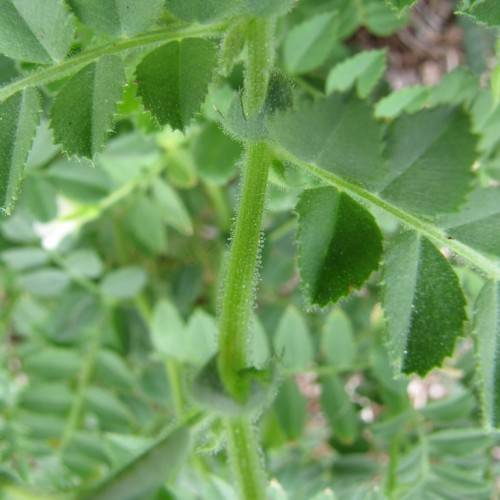
Chick Pea
Cicer arietinum
Watering:
Minimal
Hardiness Zone:
Sun:
full sun
Leaf:
Yes
Growth Rate:
Low
Drought Tolerant:
Yes
Salt Tolerant:
Yes
Care Level:
Medium
watering
Greenleaf rabbit brush (Chrysothamnus viscidiflorus) should be watered every 7-10 days during the summer months to maintain optimal health. When watering, make sure to drench the soil deeply so it is saturated to a depth of 6-8 inches. During the hottest months of the summer, check that the soil is staying moist and adjust your watering schedule accordingly. In the cooler months of fall and winter, reduce the frequency of watering and add an extra few inches of mulching material (such as wood chips) around the root zone. This will help the soil stay moist for longer periods of time between waterings.
sunlight
Greenleaf Rabbit Brush (Chrysothamnus viscidiflorus) requires full sun to thrive, or at least 6 hours of direct sunlight daily. It will grow in partial shade, but the flowers may be less abundant and some stems will be leggy. Thanks to its dryland hardiness, this unique shrub can survive in areas with high Salinity and alkaline soil. Greenleaf Rabbit Brush does well in hot, dry climates and can survive temperatures down to -20°F for short periods of time.
pruning
Greenleaf Rabbitbrush (Chrysothamnus viscidiflorus) should be pruned twice a year, once in spring and again in fall. Pruning during the early spring after the threat of frost has passed will prevent any damage to the plant. During this time, remove dead, withered, or broken branches, thin out any excess growth, and selectively prune to shape as desired. In the fall, prune lightly, removing any dead, broken, or withered branches. Avoid heavy pruning or shearing which can reduce flowering the following season.
